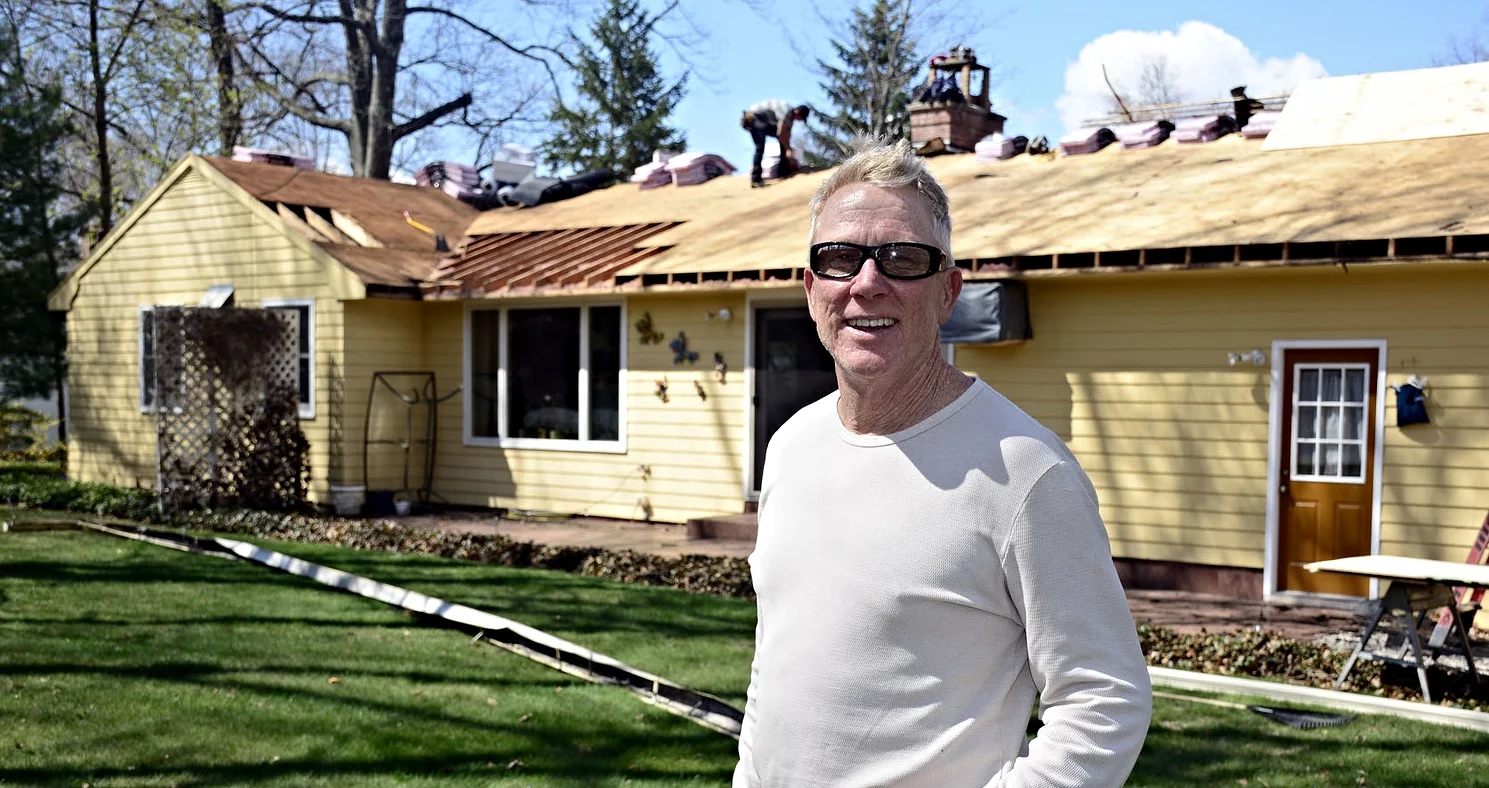Don't Be the Coldest House on the Block This Winter
Chelsea O'Donnell
I love winter. You’ll often find me skiing, playing ice hockey on one of our local ponds, and hiking in the snow over the next several months. But for all the fun that winter has to offer, one thing I can’t stand is coming home to a cold house.
During this week’s delayed winter weather, I got tons of calls from people all over town asking what can be done about their drafty, cold homes. They are also concerned why their houses are so hard to heat and their energy bills are through the roof. The answer to their question is easy because the problem can be found in three-quarters of the homes I work on in our area. The culprit of cold is a major lack of insulation.
Insulation is a cotton-looking fiberglass material bundled in pink or yellow colored rolls that you may have seen in your attic or behind the wall of new construction. It also comes in what we call “loose fill” which can be blown into harder to reach areas. Contractors use insulation between walls, in attics and in basements to retain heat in the house in the winter and keep the heat from getting into the house in the summer. The amount of insulation needed for a home is measured by its R-Value, which equates to its resistance to heat moving through it. Simply put, the higher the R-Value, the better the insulating properties.
Back 50 years ago when many of the homes in Central Connecticut areas were built, R-Value wasn’t a popular unit of measurement. Instead, the industry kept it simple and measured insulation by its thickness in inches. When a home was constructed, the contractor would put about three inches of insulation into the attic, if any was used at all. Three inches of insulation would give that homeowner an R-Value of about R-10. According to EnergyStar, homes in our area should be fitted with insulation that measures between R-49 and R-60. So if you have a home from the 1950s or early and have never upgraded your insulation, your home is definitely not equipped to handle our harsh Connecticut winters.
Do yourself a favor and take a trip up into your attic. Chances are your insulation isn’t up to scratch and it’s probably time for an upgrade. As a general guideline, insulation with an R-Value of between R-49 and R-60 will sit at between 19 and 22 inches thick when settled. How does your insulation stack up to that? If it doesn’t, you don’t have to worry - a contractor can install it in less than one day and insulation has one of the highest resale values of any home improvement job.
With any proper insulation job also comes ventilation, which allows air to move through the attic, preventing over and under heating and reducing the risk of mold buildup. We will talk about that in detail next week.
Bob O'Donnell is the owner of O'Donnell Bros, Inc., a Bristol-based home improvement company established in 1975. Email your questions for Bob to info@odonnellbros.com with the subject line “Ask the Pro”. All questions may be considered for publication. To contact Bob for your remodeling needs, call O'Donnell Bros, Inc. at (860) 589-5155 or visit www.odonnellbros.com. Advice is for guidance only.
